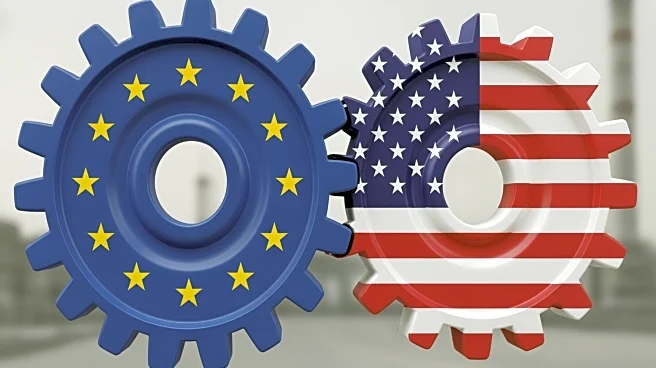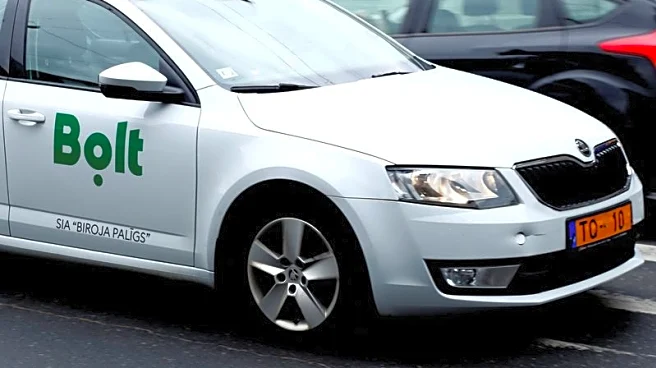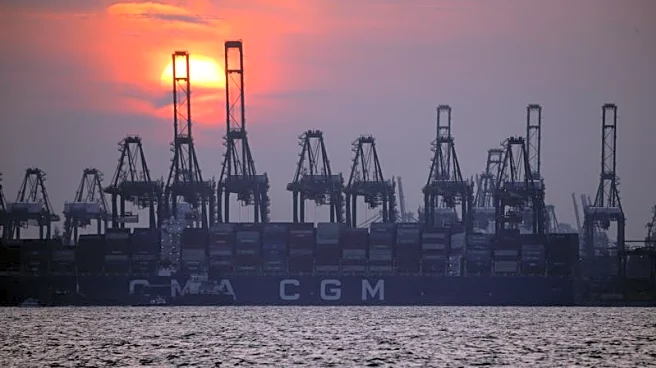What's Happening?
The European Union has proposed a 50% tariff on steel imports, following the United States' similar tariff measures. This move aims to protect the EU's domestic steel industry from global overcapacity
and ensure its long-term sustainability. The proposal includes reducing tariff-free import volumes to 18.3 million tons per year, a 47% reduction compared to 2024 quotas, and doubling the out-of-quota duty from 25% to 50%. The EU's decision comes in response to increased pressure from steel exporters, particularly from China, who have redirected shipments to Europe due to the U.S. tariffs. The proposal also introduces a 'Melt and Pour' requirement to prevent circumvention of these tariffs.
Why It's Important?
The EU's proposed tariffs are significant as they reflect the ongoing global trade tensions initiated by President Trump's tariff policies. These measures could lead to increased costs for European steel producers and potentially impact the global steel market. The tariffs are designed to safeguard EU jobs and support the industry's decarbonization efforts, aligning with the EU Steel and Metal Action Plan. However, they may also lead to higher prices for consumers and businesses relying on steel imports, affecting various industries across Europe.
What's Next?
The proposal is set to expire in June 2026, but it may face opposition from EU member states and stakeholders who are concerned about the potential economic impact. The EU will need to balance protecting its domestic industry with maintaining open trade relations. The global steel market may experience shifts as countries adjust to these new tariffs, potentially leading to further negotiations or trade disputes.












